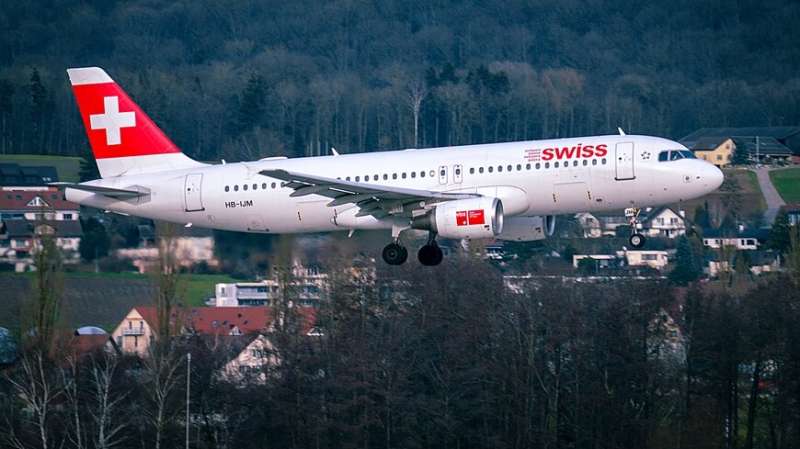Working towards less noise and better fuel efficiency during airport runway approach

The approach to an airport runway is a real challenge for pilots: reducing speed, extending flaps and speed brakes and much more—all with as little noise and fuel consumption as possible. Moreover, air traffic control restricts the approach profile, and weather conditions are sometimes only vaguely known. In short, in addition to wind and other factors, the skills of the flight crew are a key factor in determining how well an approach meets all these requirements.
To optimize this process, the DYNCAT project led by the German Aerospace Center (DLR) aims at enabling environmentally friendly and more uniform flight profiles. Particularly during the approach, by helping pilots configure the airplane efficiently—and at the same time land in a fuel-efficient manner: This involves dissipating the jet's potential and kinetic energy through aerodynamic drag, which in turn can be adjusted through the configuration of the airplane. Ideally, this means an approach without increasing thrust, which would add energy to the airplane—by using extra fuel—and generate more noise.
New assistance functions
As part of the project, the team developed new on-board system functions that support pilots during the approach—with recommendations that pilots then choose to follow or ignore. These include optimized flap and landing gear settings to reduce noise and fuel consumption—finely tuned to the complex interaction of all factors and requirements. To demonstrate the ability of these functions to reduce noise and CO2 emissions, simulator flights were conducted with experienced pilots at the Thales aviation group in Toulouse.
The approach target: Zurich Airport, runway 14. In the chosen situation, the air traffic controller instructed the pilots to take a lateral shortcut during the descent, which leads the airplane into a so-called over-energy condition. This means that it has excessive potential and kinetic energy that must be dissipated during the approach to landing—but without creating unnecessary noise and consuming more fuel. This is a particularly difficult situation for pilots, where various strategies are possible.
Advantages made visible on film
Researchers from Empa's Laboratory for Acoustics / Noise Control have illustrated the effects of the assistance system in a video (see below): It shows the acoustic impact of two comparable flights—one with the assistance of DYNCAT and a reference flight without. The aircraft noise model sonAIR, developed at Empa, calculated the noise level of the two flights on the ground—quantifying the benefits of the new system.
In general, the simulations and calculations showed that approaches using DYNCAT are quieter and consume less fuel. In the case of the two variants in the video, the "DYNCAT flight" consumed 55 kg less fuel from the beginning of the descent and was up to four decibels quieter—a substantial relief. Despite high demands for climate-friendly and low-noise flying, some of which are contradictory, DYNCAT made it possible to achieve both goals more effectively.





















